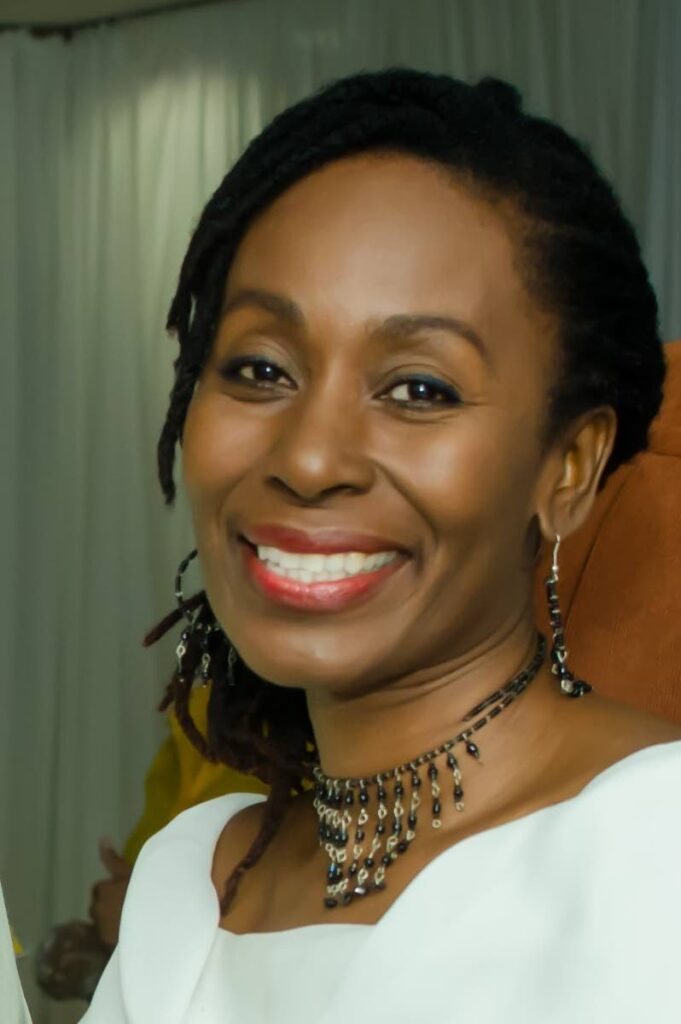Women need world safe from violence and bias

Culture Matters
DARA E HEALY
“Violence has become embedded in the everyday-ness of our existence.”
– WINAD pilot study on the Role of Women in Communities
THE GUNSHOTS sounded much closer last night. Short sharp blasts, so maybe handguns this time? The howling of the dogs lasted longer too, more intense. From the depths of the post gun-battle silence, a baby cried. A woman shouted at the top of her voice, asking for God to intervene and forgive human beings for their evil ways.
When the explosions started, I immediately envisioned the women in Ukraine, fleeing with their few possessions and children holding on to their skirts. In the relative safety of my home, it felt as though the gunmen were right outside my window; my heart pounded at the sheer terror of it all. I wondered how those women must feel to be actually running from bullets and dodging bombs, losing everything. My mind ran to the media images of confused Venezuelan women sitting on the beach in Los Iros, surrounded by children wrapped in blankets against the chilly air.
In times of conflict, it is often the women who provide a sense of normalcy and comfort – sewing Ukrainian flags for soldiers and protesters, cooking familiar foods or telling ancient stories. This week, we recognised again the resilience of women through the observance of International Women’s Day, incorporating the hashtag Break the Bias. We created a space for celebration, even as the war in Europe, the battle for our climate and TT’s ongoing refugee struggles continue to be the backdrop for discussions around equality and bias.
The UN notes that “displacement will bring increased vulnerability to violence, sexual abuse and exploitation” of women. Despite decades of research, reports and work on the ground by non-governmental organisations, in TT, women continue to be killed or harmed in intimate and non-intimate partner relationships at alarming rates.
Violence against women and girls remains a major area of concern. Sadly, our progress has been limited, not because we are unaware of the solutions, but because we continue to resist implementing programmes which can lead to a critical shift in many of our destructive social customs.
Part of the challenge is we still need to re-examine our understanding of gender relations. Gender is referred to as “a complex system of personal and social relations of power through which women and men are socially created and maintained.” In other words, our understanding of power, violence and gender relationships are informed by what we consider to be normal. For instance, ideas like men are supposed to be dominant, while women should be tolerant. A woman standing up for what she believes may be viewed as being troublesome or a nag.
But there is another conversation that we are, possibly, still not ready to explore – that is, the one surrounding the many ways in which the bodies of women are misunderstood. The reality is that we continue to resist having open discussions about gender, sexuality and relations with young people. From a social perspective, when will we be ready to have a different kind of conversation about women’s bodies?
Eurocentric ideas of sexuality replaced ancient concepts of sexual freedom and gender fluidity. Conservative views of appropriate attire force women to cover their knees or shoulders. Against such ingrained negative attitudes to female sexuality, is it surprising the disgust shown when women reveal their bodies at Carnival? Culturally, why do so many women feel safe to truly express their sexuality during the festival?
To discover the answers to these and other questions, we need to start at the beginning. Concepts of gender, power and sexuality must be introduced from as early as pre-school. This may be easily achieved through creative methods involving storytelling, games or the performing arts. We also need to critically examine religious teachings that perpetuate inequality and bias against women. Further, we must confront the truth that the violence within our society is all connected. It is a complex phenomenon that has seeped into virtually all of our interactions, gender or otherwise.
So, how may we remove violence from the “everyday-ness of our existence?” How may we create a safer environment for women? I have some thoughts, grounded in our cultural heritage and motivated by the people in communities who respond to our work. We definitely need to talk some more about this. We need to resolve these issues, not just for us, but for the generations of babies who cry out when gunshots shatter the stillness of the night.
Dara E Healy is a performance artist and founder of the Indigenous Creative Arts Network – ICAN


Comments
"Women need world safe from violence and bias"